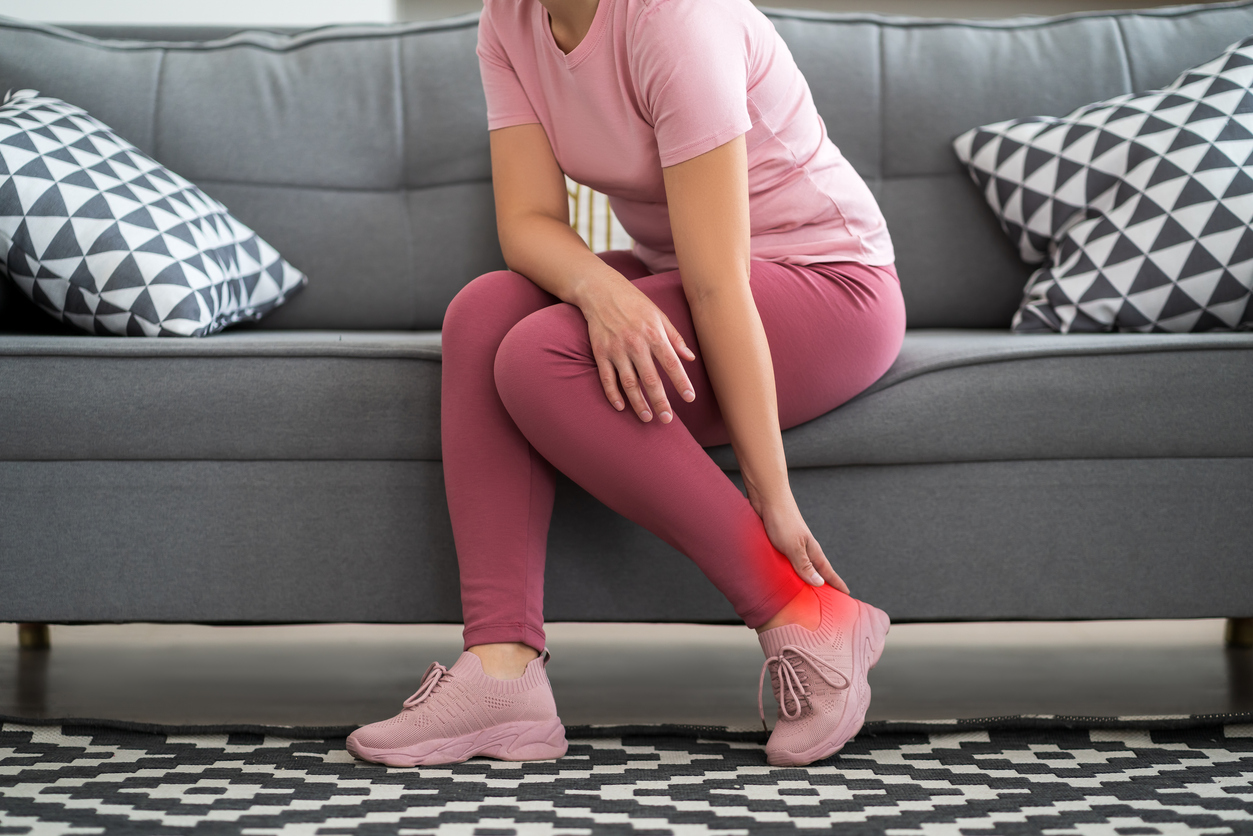Heel spurs are a common foot health issue characterized by bony growths on your heel. They occur when too much stress is placed on the ligaments in your feet and lead to ranging levels of pain. In fact, many people only realize they have heel spurs once they seek treatment from a podiatrist for heel pain. There are several treatment options available depending on the severity of your heel spurs. If left untreated, they can cause serious issues. Below, you will find information on how heel spurs affect your gait.
How Heel Spurs Affect Your Gait
Roughly 15% of people experience heel spurs. The condition can impact your quality of life as it is associated with pain. However, untreated heel spurs can impact your gait. Heel spurs impact the way that you walk as they are bony growths found below your heel. They are commonly associated with plantar fasciitis. Plantar fasciitis is a condition that impacts your plantar fascia, the band of tissue that is found on the bottom of your foot.
Issues with your heel and other tissues on your foot cause severe pain and impact the way you walk. You may limp to avoid putting too much pressure on your affected foot or avoid walking altogether. This can seriously impact your daily life and make routine tasks highly difficult. Heel pain treatment is necessary if you have heel spurs or plantar fasciitis. Several treatment options can improve the condition.
Heel Spur Treatment
There are several treatment options for heel spurs. The type that is right for you depends on the severity of your heel spurs and associated symptoms. Conservative treatments are often the first line of treatment. This includes resting, applying a cold compress, and taking over-the-counter medication. A podiatrist can also assess your footwear to determine if it is exacerbating the issue. Customized shoe inserts can address mild cases.
Conservative treatment options are the first course of action for mild cases of heel spurs. However, severe cases may require heel spur surgery. Mild cases that do not get better with conservative treatments can also benefit from surgical intervention. Heel pain surgery is highly effective in treating heel spurs. The team at Heel Pain Institute of California has helped countless patients restore the full function of their feet through surgery. It is minimally invasive and can improve your overall quality of life.
Symptoms of Heel Spurs
Heel spurs often cause several unwanted symptoms. The most common symptom associated with heel spurs is pain. However, there are several additional symptoms associated with the condition.
Swelling and Inflammation
Swelling and inflammation are symptoms of heel spurs. This is often accompanied by redness around your heel as well. While you may want to try at-home remedies, consult with a skilled podiatrist if you experience swelling and inflammation in your heel.
Tenderness
In addition to pain, you may also experience heel tenderness. Your heel may be sensitive to touch or light pressure. Avoid walking on your affected heel if it is tender to the touch. Contact a podiatrist for treatment right away to avoid exacerbating the issue.
Difficulty Walking
If the symptoms are uncomfortable, many people with heel spurs experience difficulty walking. This can impact overall quality of life and make daily tasks highly difficult. Issues with walking caused by heel spurs require a customized treatment plan from a skilled medical professional.
Heel Pain Treatment
If you experience heel pain or discomfort, contact a skilled podiatrist. The team at Heel Pain Institute of California has helped countless patients address their heel pain. Contact their team today to schedule an appointment!
